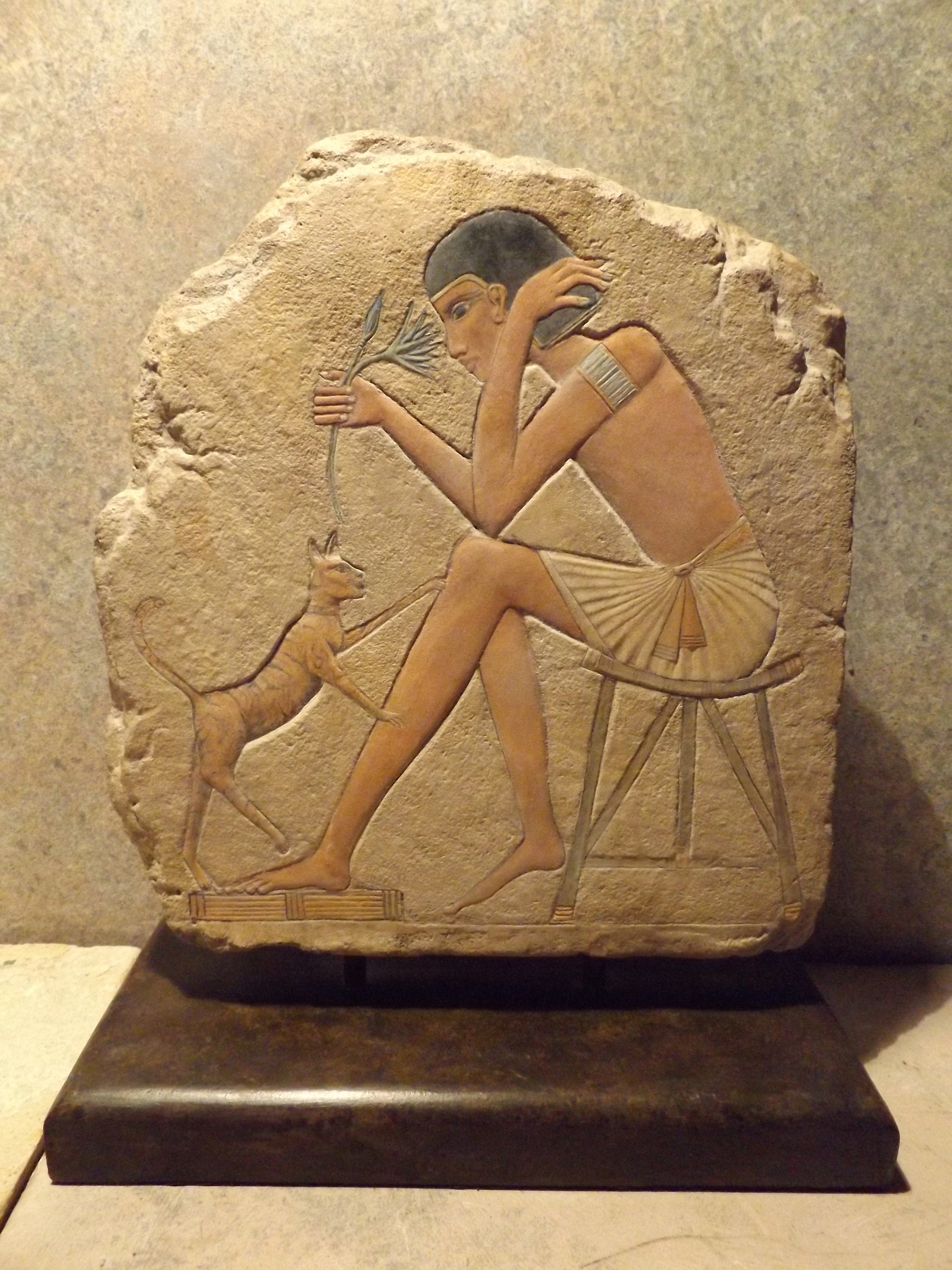
Egyptian art / statue & relief sculpture Bast cat Tadukhippa and the sculptor
Relief sculptures created in ancient Egypt were mainly produced to decorate tombs for the wealthy and powerful. They were not made to be seen by many people, and certainly not for art galleries. The afterlife - that is, life after death - was an ancient Egyptian obsession.
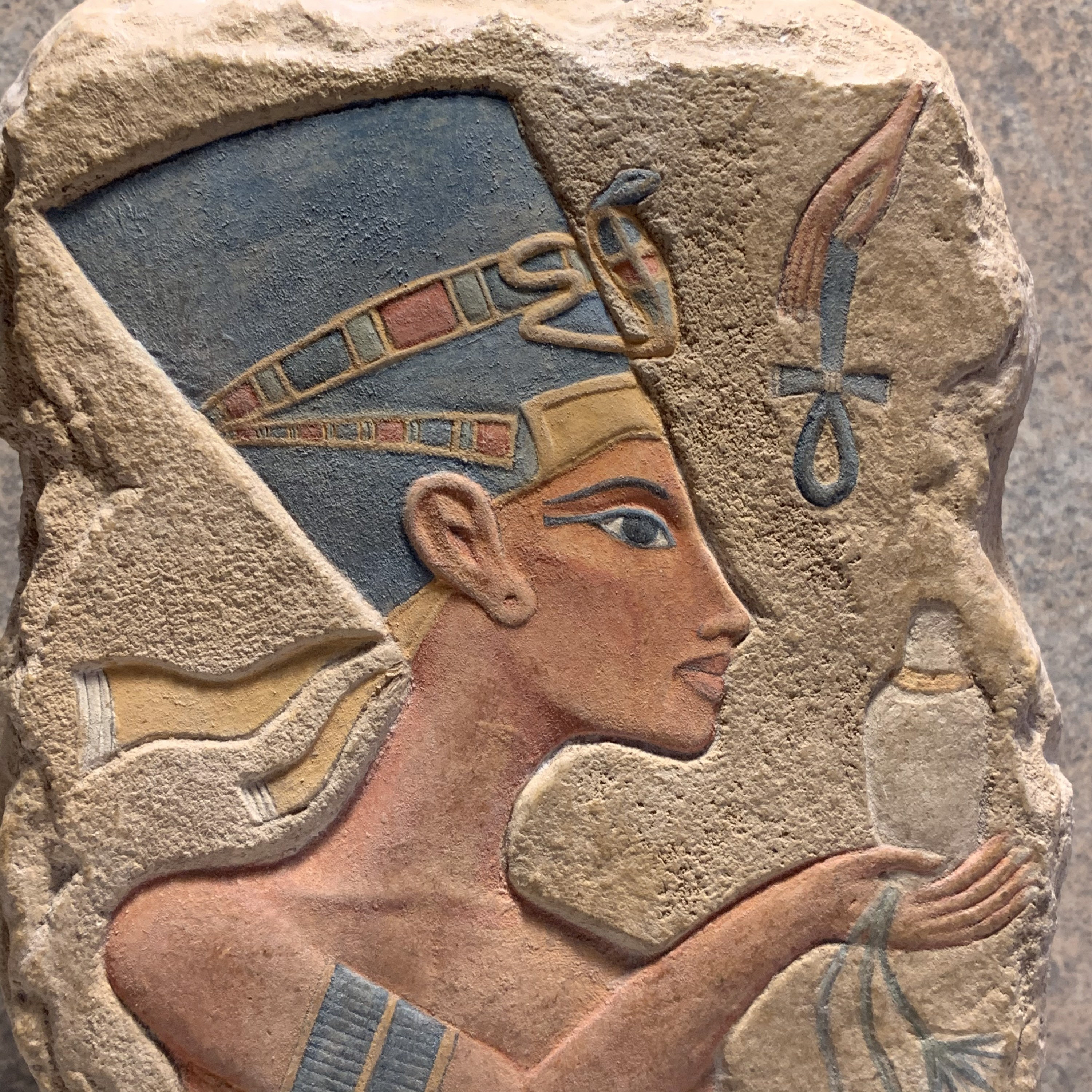
Egyptian art Nefertiti Amarna period relief sculpture replica. 18th dynasty
Saturday 23 March 2024 10.30am - 11.30am The Potter in ancient Egypt From the earliest times, Egyptian potters were mass producing containers for everyday activities such as cooking, drinking and food storage. Egypt - In Conversation Egypt - In Conversation School Holidays
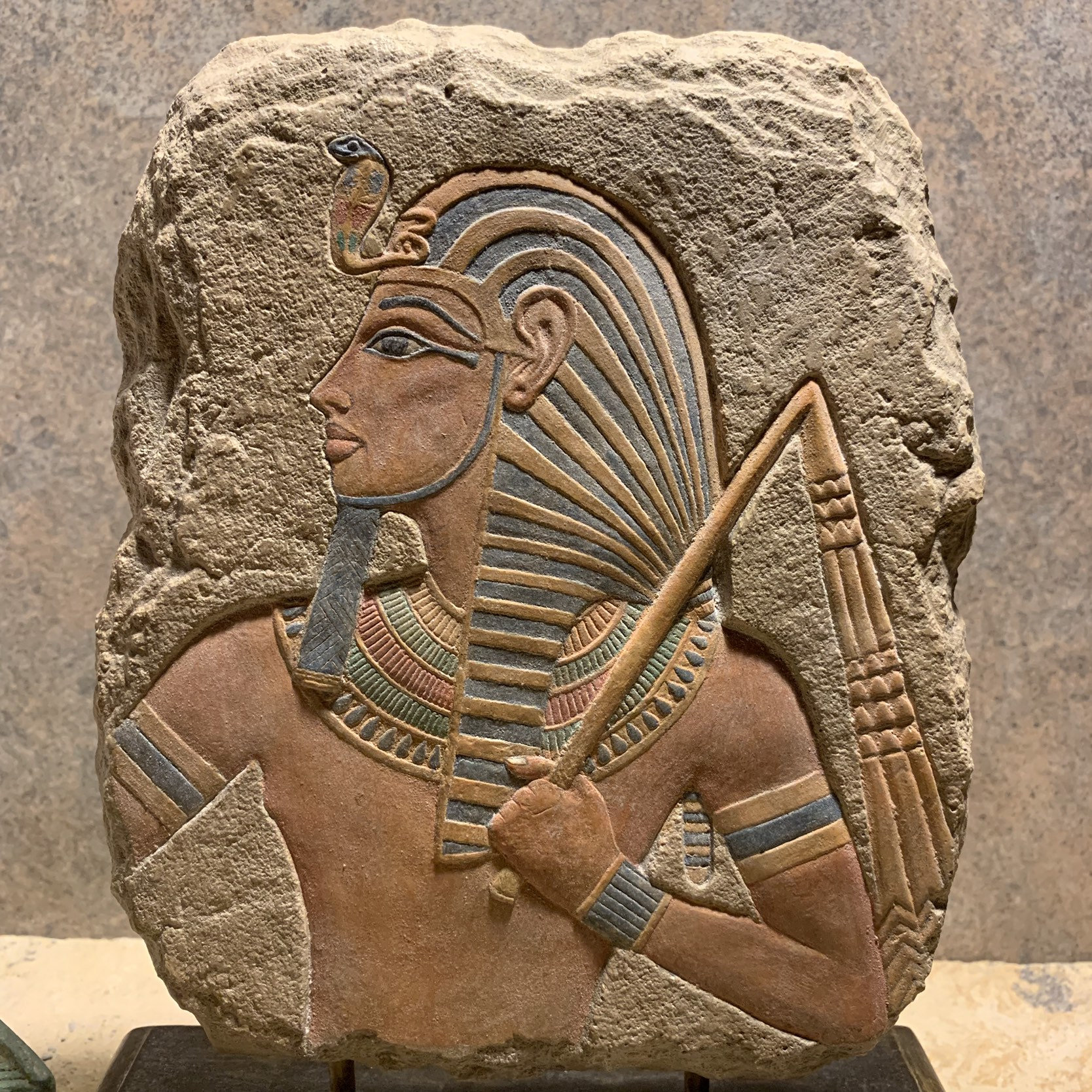
Tutankhamun Egyptian sculpture / art King Tut / Tutankhamen relief sculpture carving replica
The techniques of carving in relief, as well as the fundamental canonical principles of two-dimensional representation, were fully developed by the end of the Old Kingdom and were generally maintained, though with significant stylistic variations, during all subsequent eras of ancient Egyptian history.
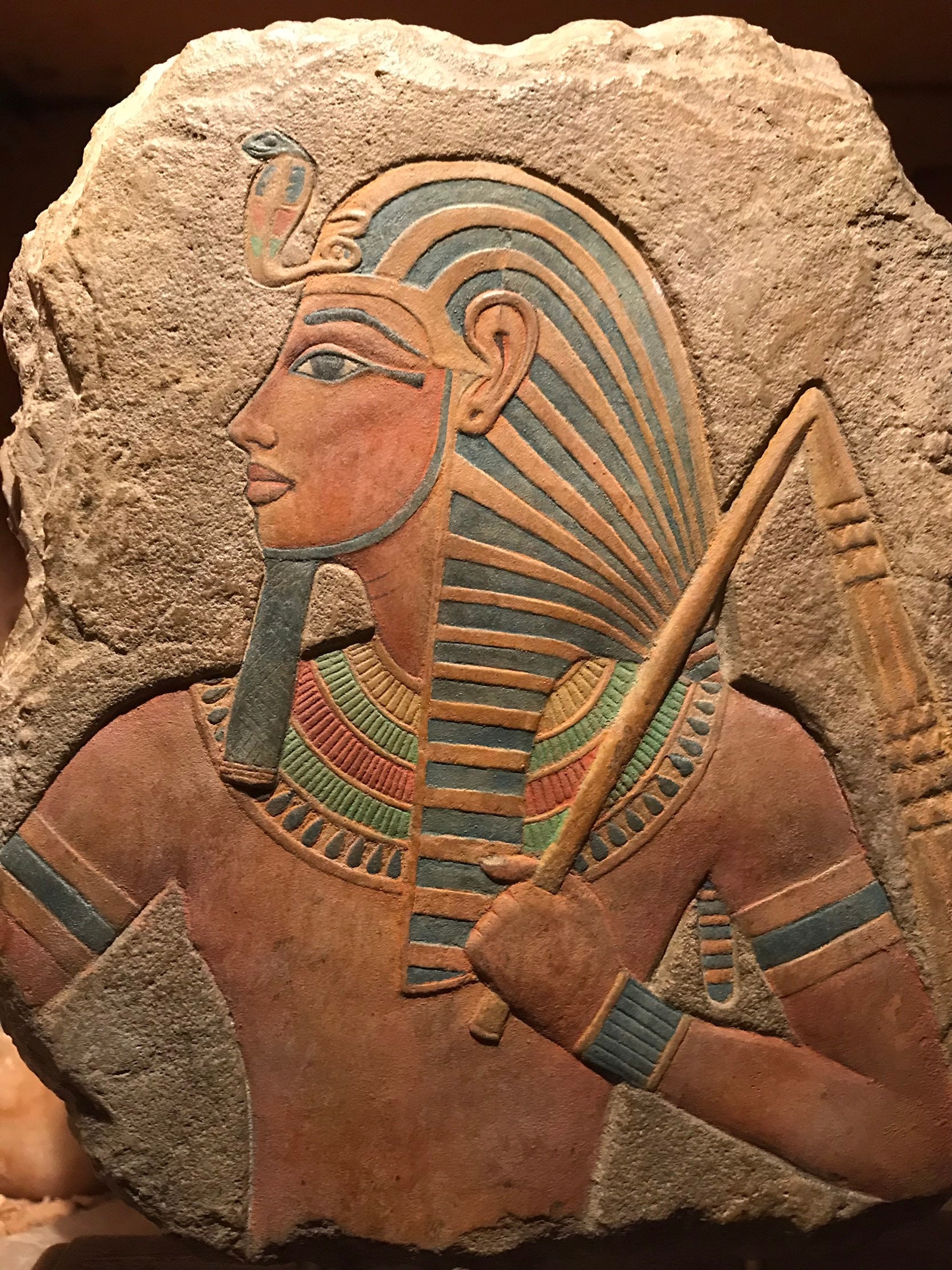
Tutankhamun Egyptian sculpture / art King Tut / Tutankhamen relief sculpture carving replica
Egyptian art and architecture, the ancient architectural monuments, sculptures, paintings, and applied crafts produced mainly during the dynastic periods of the first three millennia bce in the Nile valley regions of Egypt and Nubia.

Egyptian Art / Relief Sculpture Tutankhamun / Tutankhamen & his Queen 18th dynasty
Ancient Egyptian art is the painting, sculpture, and architecture produced by the civilization in the Nile Valley from 5000 BCE to 300 CE. Key Points. Ancient Egyptian art reached considerable sophistication in painting and sculpture , and was both highly stylized and symbolic. The Nile River, with its predictable flooding and abundant natural.
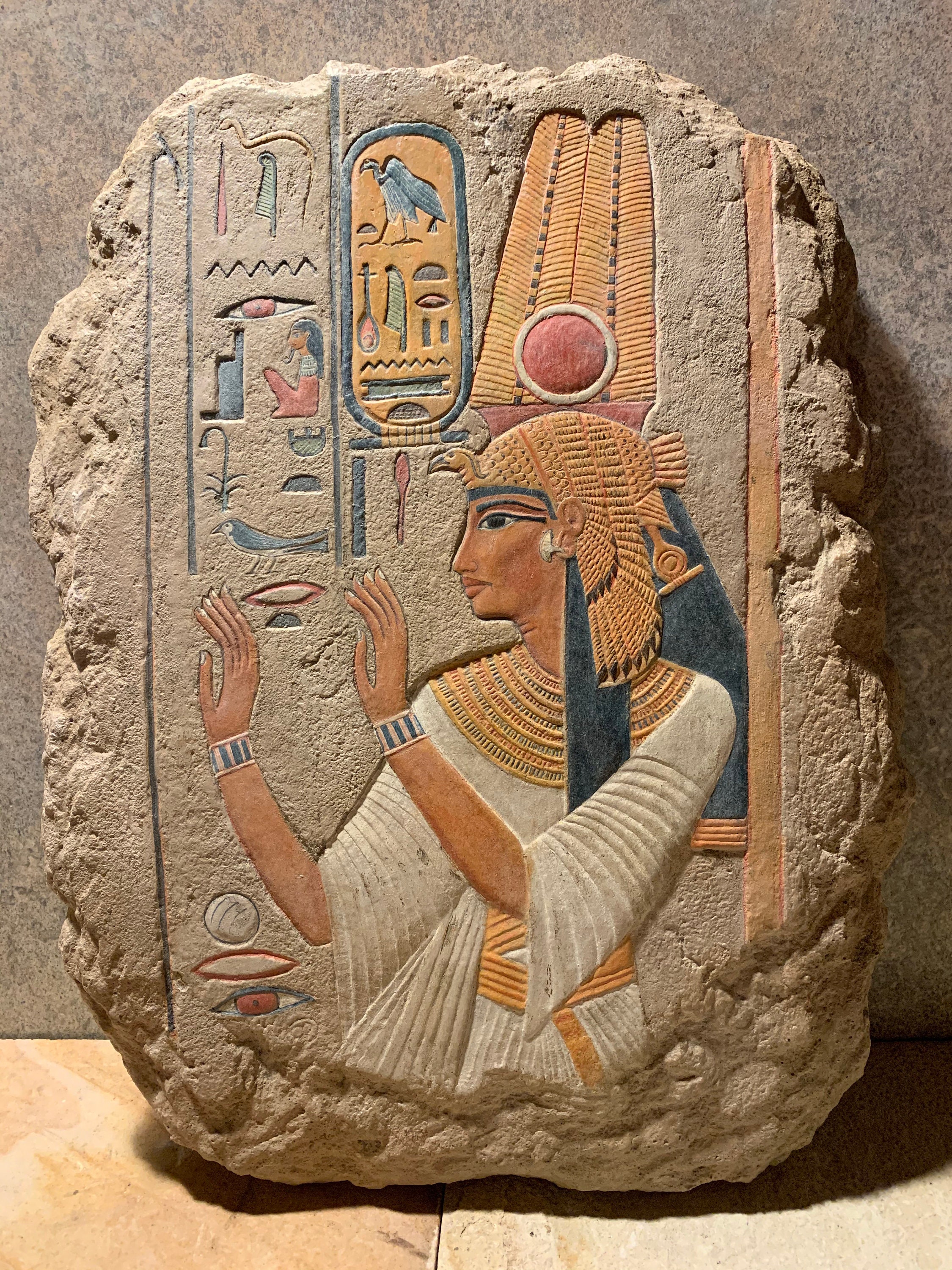
Egyptian art / sculpture painted relief carving of Queen Nefertari. 19th dynasty. Wall feature.
Divine cult statues (few of which survive) were the subject of daily rituals of clothing, anointing, and perfuming with incense and were carried in processions for special festivals so that the people could "see" them—they were almost all entirely shrouded from view, but their "presence" would have been felt.

Egyptian Art / Relief Sculpture Tutankhamun / Tutankhamen & his Queen 18th dynasty
As is common in Egyptian relief decoration, the outside of the temple was carved in sunk relief, which created deep shadows in the bright sunlight. Raised relief, in which the background is carved away and the figures are raised, was used for the interior of the building. The reliefs were originally brightly painted.
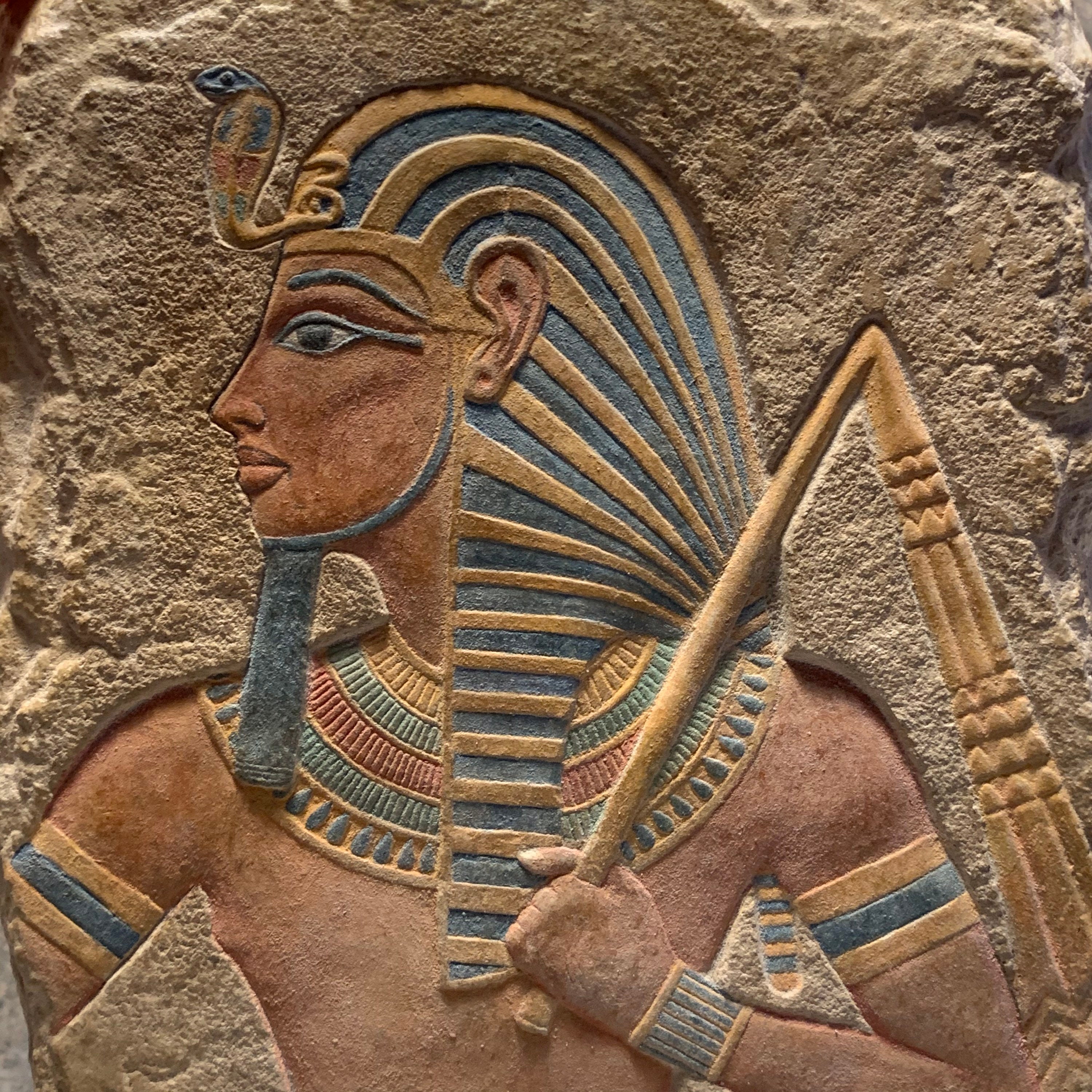
Tutankhamun Egyptian sculpture / art King Tut / Tutankhamen relief sculpture carving replica
Relief sculpture. Relief was usually carved before being painted. The two primary classes of relief are raised relief (where the figures stand up out from the surface) and sunk relief (where the figures are cut into and below the surface).. "Materials and techniques in ancient Egyptian art," in Smarthistory, August 8, 2015, accessed January.
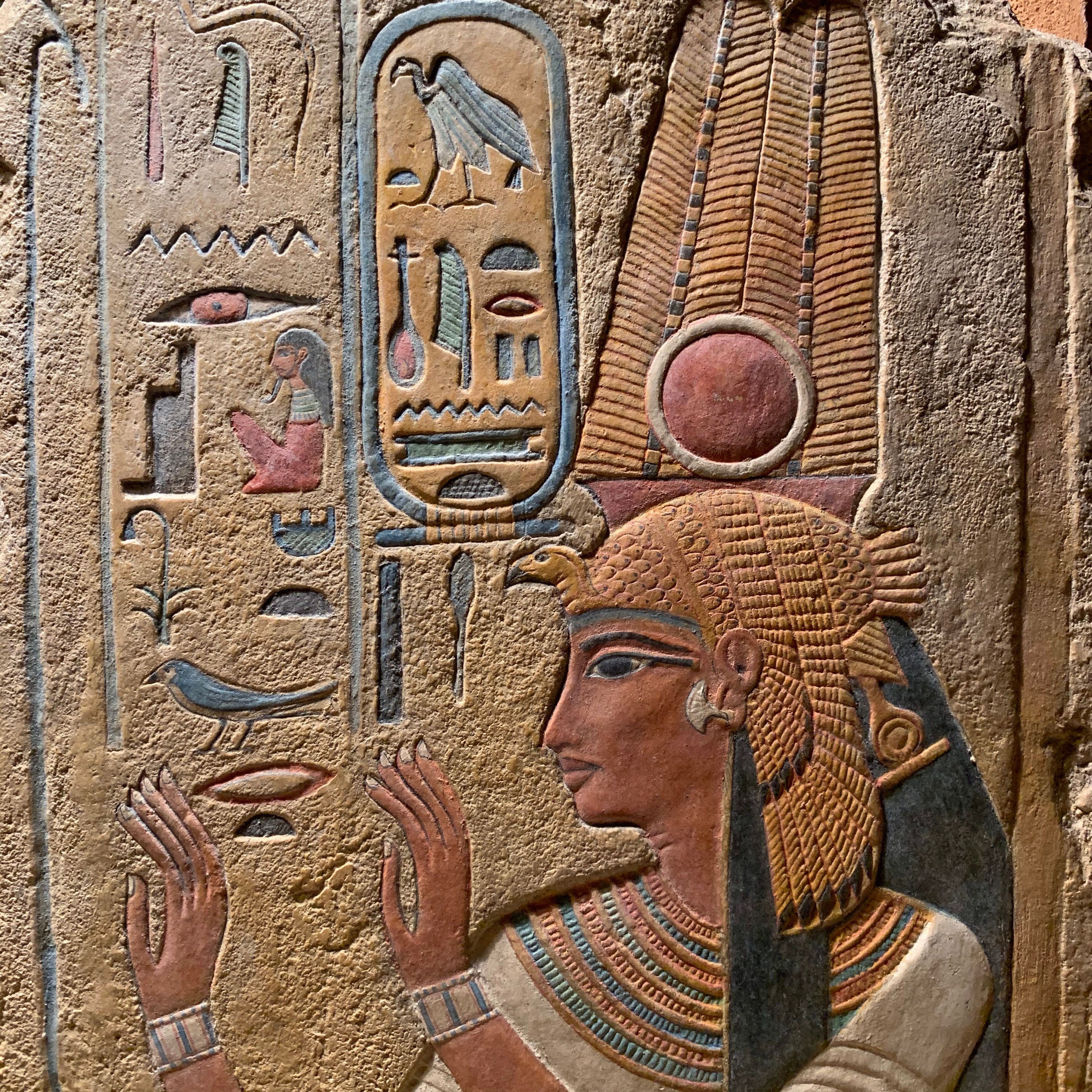
Egyptian art / sculpture painted relief carving of Queen Nefertari. 19th dynasty. Wall feature.
In a high relief, or alto-relievo, the forms project at least half or more of their natural circumference from the background and may in parts be completely disengaged from the ground, thus approximating sculpture in the round. Middle relief, or mezzo-relievo, falls roughly between the high and low forms.
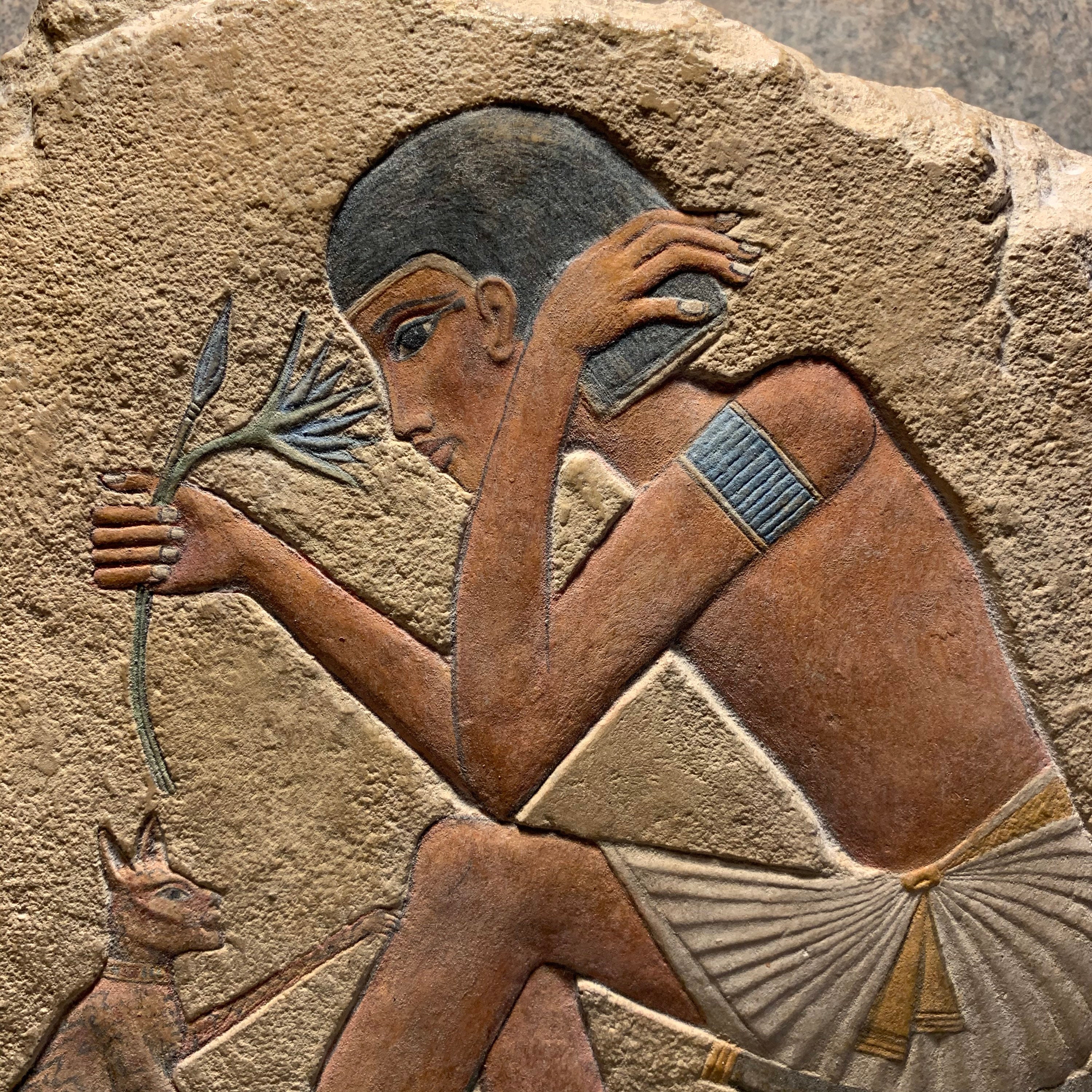
Egyptian art / statue & relief sculpture Bast cat Tadukhippa and the sculptor
For Egyptians the decoration of tomb walls with reliefs or painted scenes provided some certainty of the perpetuation of life; in a temple, similarly, it was believed that mural decoration magically ensured the performance of important ceremonies and reinforced the memory of royal deeds.

Egyptian art Cleopatra dressed as the Goddess Isis Relief sculpture fragment
The Human Connection Learn about the the current exhibition and see photographs from Tutankhamun's Tomb. Tutankhamun's World Discover the Egypt of Tutankhamun through a special self-guided tour. Of Interest Tutankhamun: Commemorating 100 Years Explore the Egypt of Tutankhamun. Temple of Dendur: Celebrating Fifty Years

Egyptian Art / Relief Sculpture Tutankhamun / Tutankhamen & his Queen 18th dynasty
Art of Ancient Egypt: Relief Sculpture, Statues, Painting, Pyramids: History, Styles, Techniques of Egyptian Art: 3000-323 BCE.. while other features unique to the art of Ancient Egypt include its writing script based on pictures and symbols (hieroglyphics), and its meticulous hieratic style of painting and stone carving. Egyptian.

Egyptian Art / Relief Sculpture Tutankhamun / Tutankhamen & his Queen 18th dynasty
These types of relief sculptures are best examined in the works of ancient Egyptian sculptures as well as Indian ivory reliefs. Statiacciato relief sculpture : This relief sculpture is a flatter low relief sculpture that is more subtle in appearance and is strongly associated with the work of Donatello.
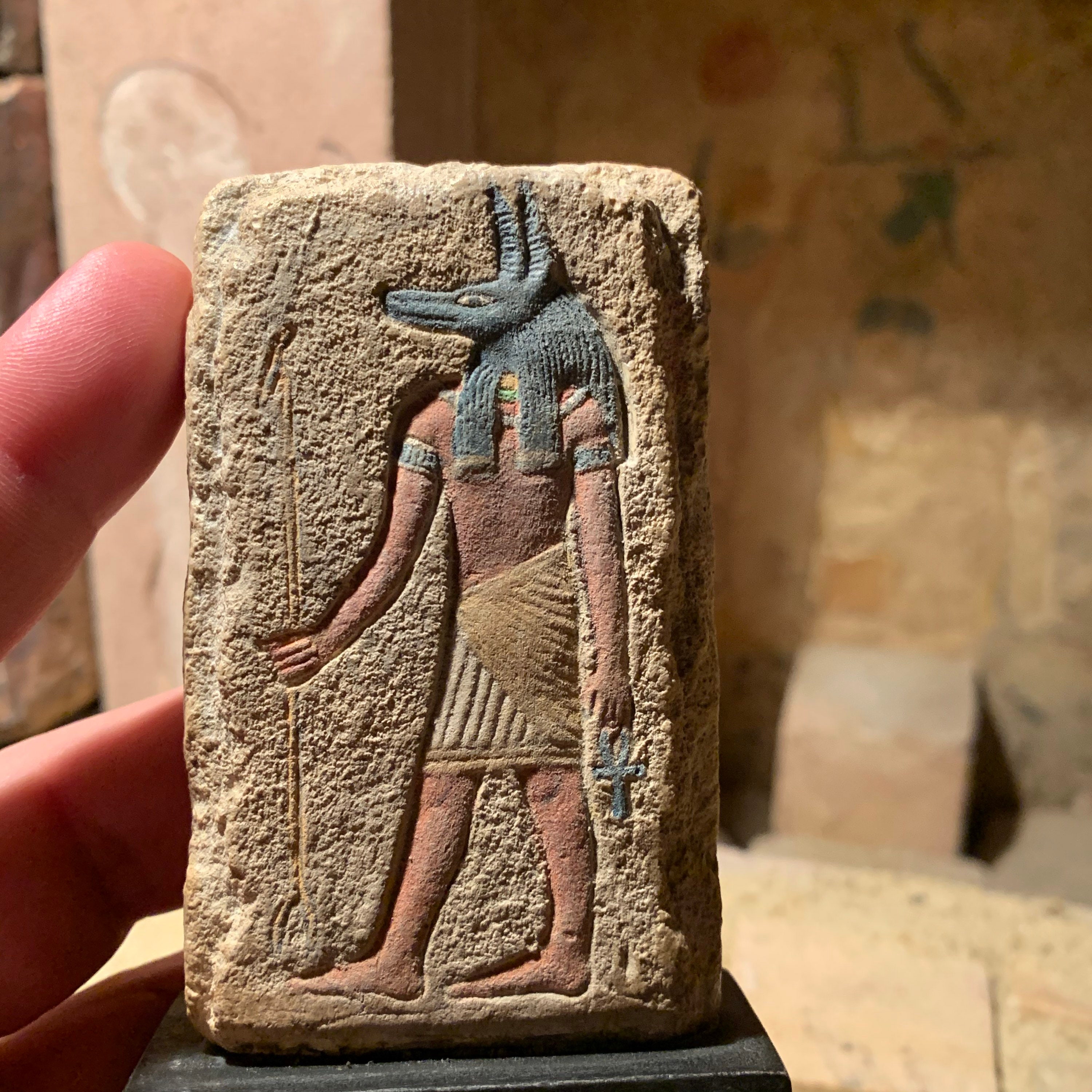
Egyptian art Anubis A relief sculpture of the ancient mummification god.
Among the major arts associated with the funerary cults of ancient Egypt—sculpture, relief and painting—none gives us a deeper understanding of the inner personality of the Nile dwellers in antiquity than sculpture in the round. Like man himself, it is three dimensional and thus encompasses the human measure—the essence of his.
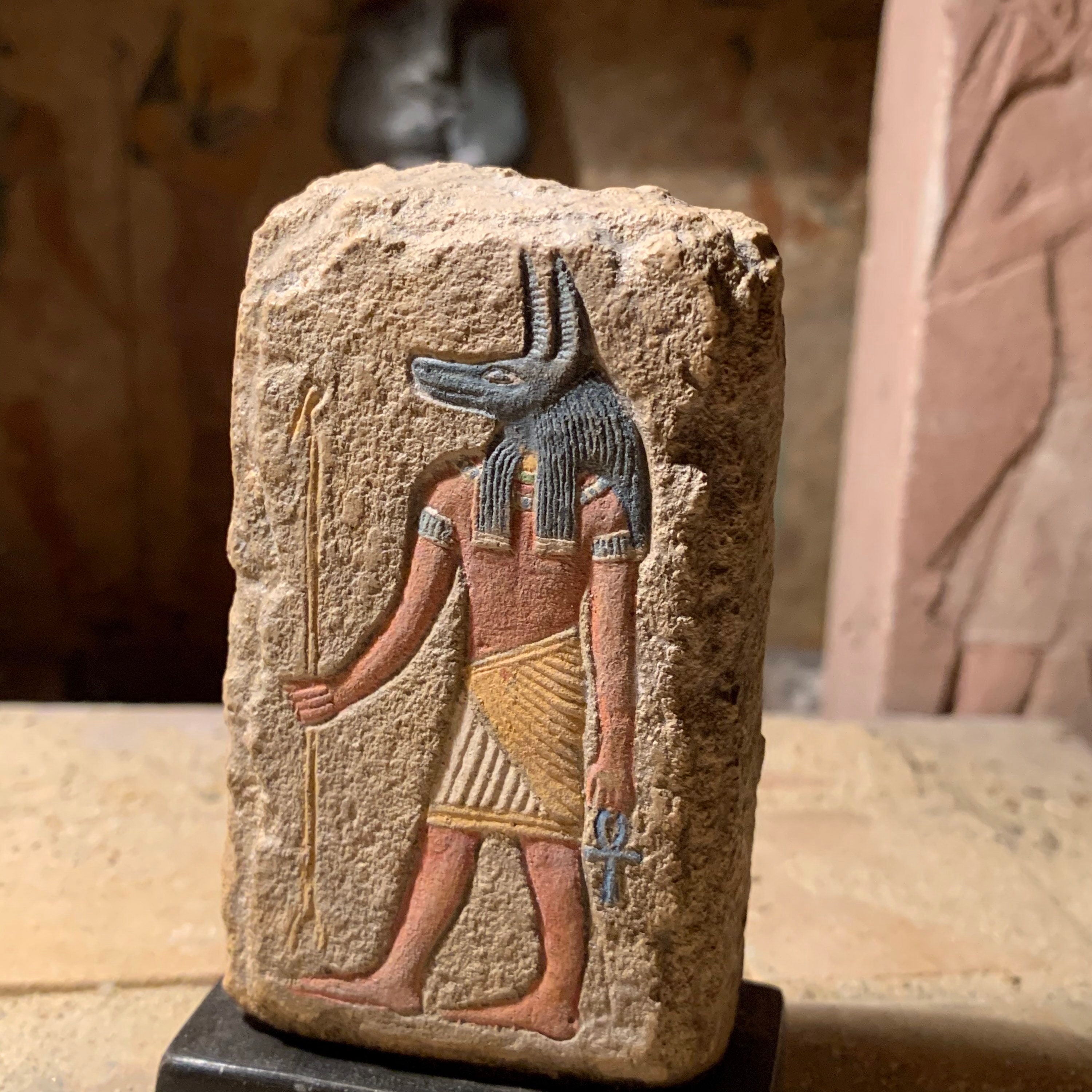
Egyptian art Anubis A relief sculpture of the ancient mummification god.
Many objects, especially small amulets and inlays, were made from a manufactured material known as Egyptian faience. This quartz-based medium could be easily shaped, molded, and mass produced. The glaze coating could be almost any color, depending on the minerals used in the composition, although turquoise blue is the most common.
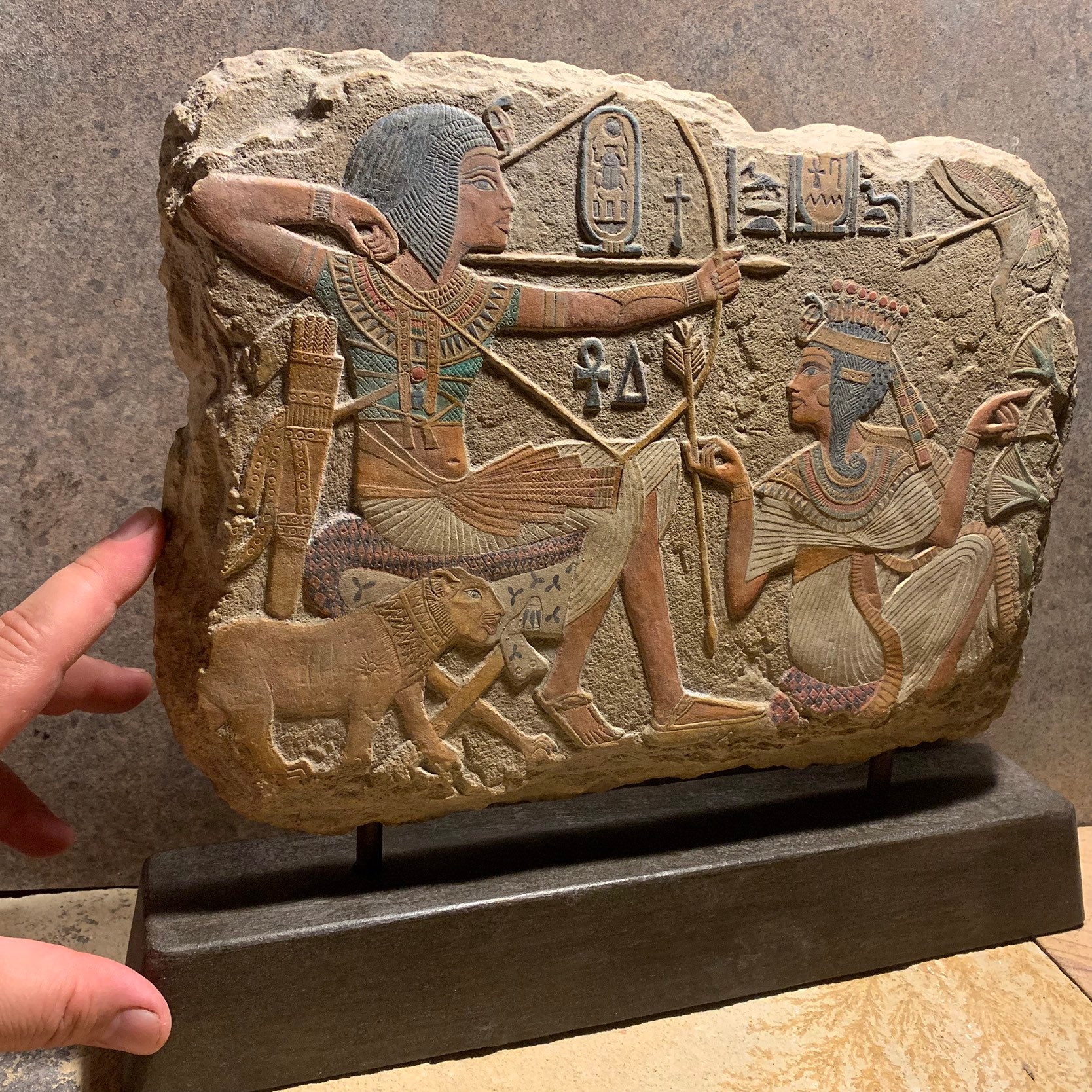
Egyptian Art / Relief Sculpture Tutankhamun / Tutankhamen & his Queen 18th dynasty
Egyptian bronze sculpture. Mother cat with kittens, solid cast bronze and wood sculpture from Egypt, c. 7th-1st century bce or later; in the Brooklyn Museum, New York. The skill and artistry of the metalworker is shown in the fine bowls, jugs, and other vessels from all periods and in statues and statuettes of gods, kings, and ordinary mortals.